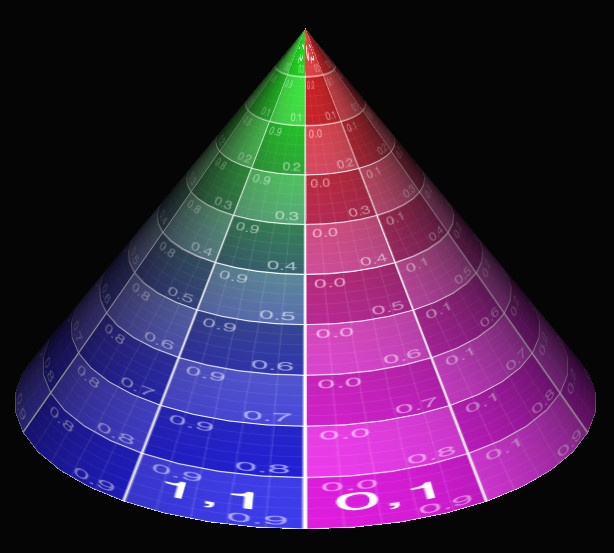The filmmaker Tony Zhou is the author of an ongoing series of fascinating essays on analyzing film form: Every Frame a Painting. Covered in 5 to 10mn with a critical and passionate eye, his topics vary between directors, actors or single film scenes.
Every single one of them is worth watching, but my personal favorites are the study of the scene when Clarice Starling and Hannibal Lecter meet for the first time in The Silence of the Lambs, the analysis of Mickael Bay’s intense visual style, and the presentation (and praise) of Edgar Wright’s use of visuals to support comedy.
Those essays can be found on Youtube or Vimeo, with additional comments on tumblr and Facebook. Interestingly, they can also be supported (as in, financially) on Patreon.

